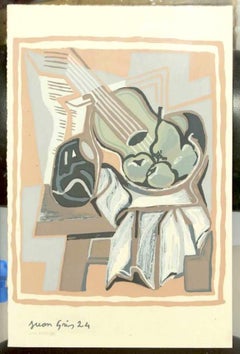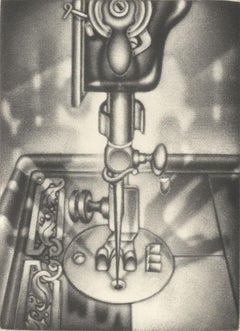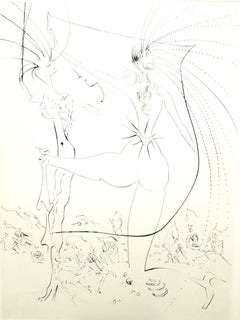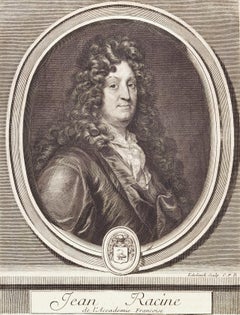People Still-life Prints
1980s Cubist Still-life Prints
Screen
1970s Modern Figurative Prints
Etching
1980s American Modern Still-life Prints
Mezzotint
1960s Surrealist Figurative Prints
Etching
1970s Conceptual Still-life Prints
Screen
Late 17th Century Old Masters Portrait Prints
Engraving
Mid-20th Century French School Still-life Prints
Lithograph
Early 2000s American Modern Figurative Prints
Mezzotint, Lithograph, Screen
2010s Pop Art Still-life Prints
Archival Ink, Color, Archival Pigment
21st Century and Contemporary Contemporary Still-life Prints
Archival Paper
1990s Surrealist Landscape Prints
Lithograph
21st Century and Contemporary Contemporary Still-life Prints
Archival Paper
21st Century and Contemporary Contemporary Black and White Photography
Archival Paper
18th Century Old Masters Still-life Prints
Etching
2010s Contemporary Still-life Paintings
Paper, Mixed Media, Archival Paper, Rag Paper, Monotype, Photogram
2010s Contemporary Animal Prints
Paper
2010s Photorealist Figurative Prints
Paper, Pencil, Carbon Pencil, Carbon Pigment
1940s Surrealist Figurative Prints
Lithograph
1970s Figurative Prints
Offset
1970s Figurative Prints
Offset
20th Century Art Deco Still-life Prints
Mezzotint
1920s Cubist Still-life Prints
Lithograph, Stencil
2010s Contemporary Animal Prints
Paper
1970s Contemporary Figurative Prints
Etching
Mid-20th Century Modern Figurative Prints
Lithograph
21st Century and Contemporary Realist Still-life Prints
Giclée
2010s Conceptual Figurative Prints
Paper, Pencil, Carbon Pencil, Carbon Pigment
2010s Contemporary Still-life Prints
Etching, Aquatint, Intaglio
1980s Photorealist Still-life Prints
Screen
21st Century and Contemporary Contemporary Still-life Prints
Archival Paper, Giclée
1950s Modern Still-life Prints
Lithograph, Stencil
1990s American Modern Still-life Prints
Mezzotint
1980s Folk Art Still-life Prints
Lithograph
1950s Modern Still-life Prints
Lithograph, Stencil
Late 20th Century Modern Still-life Prints
Lithograph
1980s Contemporary Figurative Prints
Lithograph
21st Century and Contemporary Contemporary Animal Prints
Laid Paper, Etching, Aquatint
Late 20th Century Modern Still-life Prints
Aquatint
1980s Contemporary Interior Prints
Engraving, Etching
1950s Modern Still-life Prints
Lithograph, Stencil
1970s Modern Figurative Prints
Etching
1980s Photorealist Still-life Prints
Screen
1970s Still-life Prints
Screen
Late 20th Century Modern Still-life Prints
Lithograph
1950s Modern Still-life Prints
Lithograph, Stencil
1950s Modern Still-life Prints
Lithograph, Stencil
21st Century and Contemporary Contemporary Still-life Prints
Monotype, Monoprint
1970s Surrealist Figurative Prints
Etching
1970s Modern Figurative Prints
Drypoint
21st Century and Contemporary Contemporary Figurative Prints
Ink
1950s Modern Still-life Prints
Lithograph
2010s Contemporary Still-life Photography
Paper, Archival Paper, Rag Paper, Monotype, Photogram
2010s Abstract Prints and Multiples
Paper, Ink
2010s Pop Art Portrait Prints
Metal
1970s Modern Still-life Prints
Paper, Offset
1950s Modern Still-life Prints
Lithograph, Stencil
1970s Contemporary Prints and Multiples
Etching
1950s Modern Still-life Prints
Lithograph, Stencil
1950s Modern Landscape Prints
Lithograph
2010s Contemporary Still-life Prints
Etching, Aquatint, Intaglio





